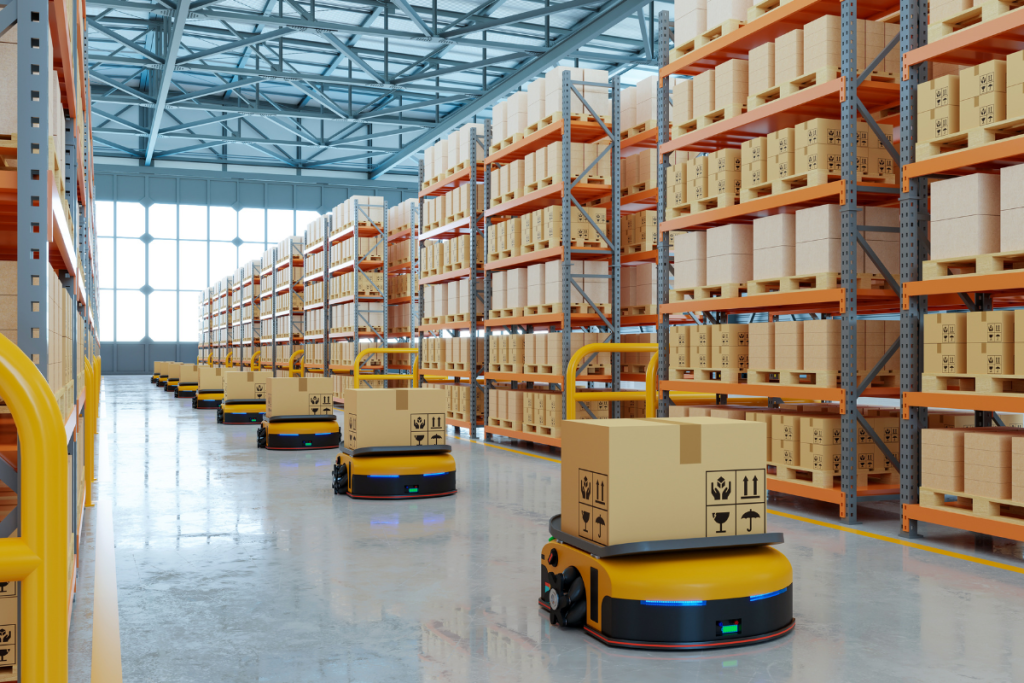Amazon is expanding automation at its Delaware warehouse to manage the surge in holiday orders and ease physical demands on workers. The move highlights a growing reliance on robotics to handle repetitive tasks, with human workers shifting to quality control and maintenance roles. The initiative offers a glimpse into the future of warehouse operations, where robots and workers collaborate to maintain steady output.
Automation at Scale
Amazon’s Delaware warehouse, already home to 6,000 robots, is set to expand its automation ahead of the holiday rush. The new machines will handle tasks like moving heavy containers to truck docks, freeing workers from repetitive lifting. “The automation allows for the associate to focus on quality inspection,” said Ken Jones, Site Manager, in an official statement.
The facility, a 3.6 million-square-foot behemoth that once housed a General Motors plant, receives and dispatches about five million items each week. Amid intense competition and shifting consumer expectations, the decision to double down on automation reflects the evolving role of humans in fulfillment operations. Associates who once walked miles each day to pull orders now oversee and maintain a growing fleet of autonomous machines.
Amazon is tight-lipped about the cost of these robotic systems, but the productivity pay-off is clear. Robotic arms in the sortation section can handle 150% more packages than human sorters and run 24/7, lifting up to 50 pounds, well above the average 25-pound load.
Shifting Workflows and Worker Roles
This shift toward robotics isn’t about replacing humans entirely. Amazon says automation is meant to enhance worker safety and operational resilience, not eliminate jobs. Ken Jones frames the transition as a move away from repetitive labor and toward roles in quality control and robotics upkeep. The company also notes that the average hourly wage at fulfillment centers is $22, with total compensation, including benefits, reaching about $29.
Still, the expansion of robotic systems has operational implications. Automated sortation stations are used at peak times, while manual stations, staffed by humans, are kept on standby to manage surges. Such hybrid setups let Amazon balance the surge in e-commerce orders with the physical realities of labor availability and warehouse ergonomics.
Beyond the warehouse walls, this surge in robotics ties directly to Amazon’s broader supply chain recalibration. Generative AI, the company says, is being used to fine-tune delivery forecasts and routing, further amplifying the impact of warehouse robotics on end-to-end logistics. The result is a more flexible, data-driven operation, one that leans heavily on automation to meet growing customer expectations.








